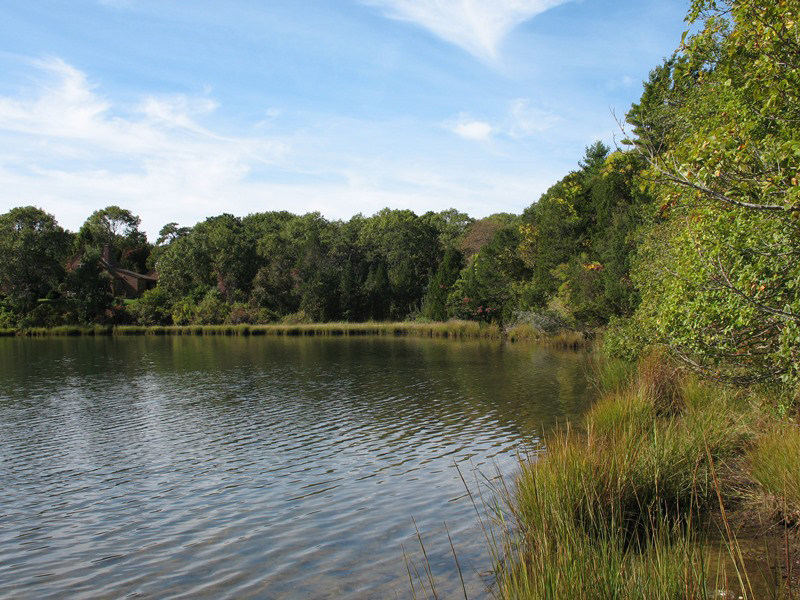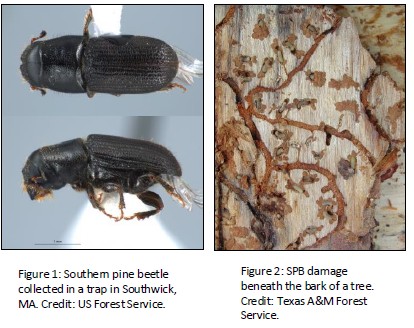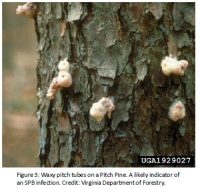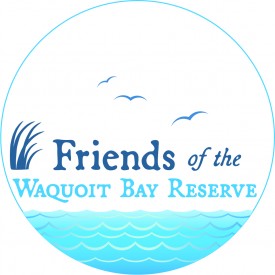Land Management

The Reserve actively manages the properties in its care to allow for appropriate recreational and research uses while protecting natural, historic, and cultural resources. Special consideration is given to habitats identified as vulnerable or at risk, such as sand plain grassland communities, and areas used by anadromous fish and New England cottontail rabbits.
Protected Species Management
The Reserve currently has an organized approach for monitoring and managing protected species and their habitats. For example, competing plants are mowed or burned in order to allow rare plants to flourish. Shorebirds are protected by closing areas to human activities and by artificially protecting nests from natural predation.
Due to the maturation of forest lands within the Reserve, increasing impacts from changes in local and regional climate, and sea level rise, the Reserve plans to undertake an ecological vulnerability assessment. This assessment is intended to identify habitats and communities that are most at risk from predicted changes in climate and sea level rise and to identify management, protection and restoration strategies to mitigate these risks.
Threatened Shorebirds
There are two species of concern on Reserve property; the piping plover and the least tern. The Federal government lists the piping plover as a threatened species of shore bird. Piping plovers presently nest in limited numbers on South Cape Beach and the beach at the southern end of Washburn Island. Because their eggs are laid on the ground and are well camouflaged, they are often accidentally damaged or destroyed by human actions. Nests on the ground also make the eggs easily accessible to predators. The Reserve’s Seasonal Shorebird Manager works in cooperation with the Massachusetts Department of Fisheries, Wildlife and Environmental Law Enforcement (DFWELE) and the Massachusetts Audubon Society. The Reserve trains volunteers to 1) recognize signs of mating and nesting activity and 2) to erect predator exclusion fences to protect eggs and hatchlings. Volunteers inform beach-goers about risks to the birds’ nests and chicks from dogs, flying kites, and other human activities on the beach. The seasonal shorebird manager tallies adult bird pairs and egg and fledgling numbers.
Least terns (Sterna antillarum), a state species of special concern, are present at South Cape Beach and have historically nested there. Roseate terns, common terns, willets, and American oyster catchers also feed at South Cape Beach and may nest there as well. Reserve staff monitors the activities of all five species.



Rare Plants
The Reserve is host to several rare plant species, including Agalinis acuta (sandplain gerardia) and Liatris borealis (New England blazing star). For more information on how the Reserve manages these habitats, click here.
Regulations
Applicable rules and regulations are posted throughout Reserve lands and described in literature available at Reserve facilities and from Reserve staff.
When appropriate, all WBNERR staff educates Reserve visitors about rules and regulations and appropriate behaviors and activities. In particular, the Island Managers and the Shorebird Manager are trained and are responsible for educating visitors to the heavily used Washburn Island and South Cape Beach areas of the Reserve, respectively.
The Southern Pine Beetle and Its Impact on Pitch Pines
The Southern Pine Beetle (SPB, Dendroctonus frontalis) is native to the southeastern United States, but due to changing climate conditions, the species’ range has gradually expanded northward into New England.
What does SPB look like?
Adult beetles are dark brown in color and less than one-eighth of an inch long – about the size of a grain of rice! Despite the beetle’s small stature, they can cause extensive damage.
Adult beetles colonize a tree by boring into the bark to feed on the nutrient rich cambium layer beneath, and to lay eggs. When a tree is invaded by a beetle it tries to push them out by extruding resin (or sap) through the entry holes. The resulting “pitch tubes” are a potential sign of infestation.
Does SPB prefer a certain type of pine tree?
Yes! In Massachusetts, SPB prefers the pitch pine (Pinus rigida). Pitch pine grow mostly in coastal forests, such as here on Washburn Island, and are also found in unique inland pine barrens and high elevation pine communities.
Why do we cut the trees down?
SPB can reproduce rapidly and in large numbers that quickly overwhelm a tree’s defenses and cause it to die in a matter of weeks. This can result in clusters of several dead trees that can become hazardous.
To help reduce the spread and impact of SPB, the Massachusetts Department of Conservation & Recreation (DCR) Forest Health Program utilizes a variety of tools to detect and respond to SPB infestations as quickly as possible. Once an infestation is confirmed, the affected trees are cut down to disrupt the beetle’s ability to communicate using pheromones and to help kill some of the beetle larvae. Additional trees are often cut around the infested area to further suppress the spread and infestation of SPB.
 SPB on Washburn Island
SPB on Washburn Island
An infestation of Southern Pine Beetle was found by DCR staff at the Waquoit Bay National Estuarine Research Reserve (WBNERR) in a small cluster of pitch pine trees on Washburn Island in the fall of 2024. The infested trees and a small number of adjacent trees were cut down to help suppress the beetle population and prevent it from spreading and infesting more trees.
WBNERR and the DCR Forest Health Program are continuing to monitor for more SPB on Washburn Island. Fortunately, there is new growth of pitch pines that will eventually replace the trees that were cut.
For more information about SPB in Massachusetts and information on how to report sightings, please go to: https://storymaps.arcgis.com/collections/21bf5260323b45389a210d9fd5e70ebe?item=11
Additional resources can be found at:
DCR Forest Health Program: https://www.mass.gov/info-details/forest-health-program
Waquoit Bay NERR: www.waquoitbayreserve.org or contact 508-457-0495.



